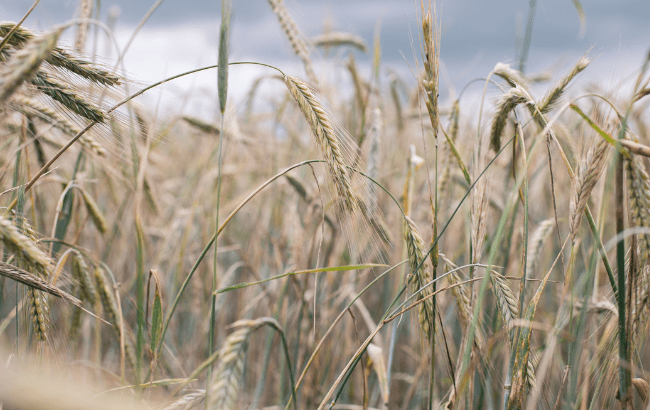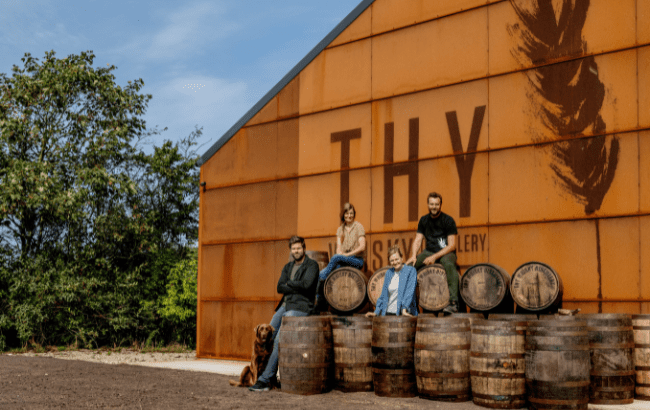Rye rejection: EU whisky meets labelling roadblock
By Heather StorgaardA 2003 trade agreement between Canada and the EU about labelling rye whisky has resulted in flourishing European brands being stymied.

How much do you know about rye whisky? While it sounds like a simple category describing the grain used to make the whisky, events this year have demonstrated the absurdities that can be brought about by legislation and agreements. Currently, rye makers in the EU have been banned from using the term ‘rye whisky’.
This bizarre problem stems from a 2003 EU‐Canada trade agreement. More than 20 years ago, the EU concurred that all ‘rye whisky’ in the EU was to be Canadian, with an exemption given for US products. Back then, there was only one known rye producer in Europe, based in Austria. With the powerful wine lobby demanding strong protection for the likes of Champagne and Prosecco, rye whisky was likely seen as an easy win to give the Canadians. But it didn’t stay so simple. Somehow, the rules relating to rye whisky have been subsequently overlooked for the past two decades, in which time distillers across Europe have begun producing rye whisky. For the rye‐mad Nordics, it has become a central part of their whisky identity. Now, they are being asked to remove the name of the very grain that makes their spirits. A rye‐diculous situation, you could say.
Canada has a long, rich heritage with rye. Historically, small amounts were added to whisky made from other grains to offer a more interesting, rye‐forward flavour profile. Over centuries of whisky production, this developed to the situation we have today, where ‘Canadian whisky’, ‘Canadian rye’ and ‘rye whisky’ are all allowed to be used interchangeably in the country. In terms of protecting heritage and historic production methods, it’s a brilliantly flexible rule.
However, it also means that Canadian whisky with no rye could theoretically be marketed as ‘rye whisky’ on the label. Then, the 2003 agreement aligned the EU with Canada’s domestic definitions. While the flavour‐profile approach made some sense in its own context, the potential for transparency issues internationally is clear to see.
Nordic rye is a niche but powerful category that has developed in the past decade. While local authorities overlooked their obligations stemming from the EU‐Canada agreement, rye‐focused distilleries such as Finland’s Kyrö and Denmark’s Stauning became much‐lauded, skilled makers of rye whisky. This makes sense – rye is central to food culture in the Nordics. It even makes up parts of the national dishes of Finland and Denmark.

Ties with rye
Laura Valli, an Estonian researcher based in the US, is writing a book titled The Meaning of Rye, about the region’s relationship with the grain. “Rye has strong geographic ties with the Nordic and Baltic countries as well as Russia,” she explains. “Eighty percent of global rye production comes from those areas. Historically, it’s probably due to rye thriving in these areas with harsher winters.”
Despite this, rye acreage has been dropping in the region in recent decades. So, in a practical sense, Nordic rye whisky makers came at just the right time to take a local, threatened heritage crop in new directions.
Like their culinary cousins in New Nordic cuisine, Nordic whisky makers have also focused on championing local produce and traceability. This has been central to their early success and trust‐building, establishing a dedicated set of fans globally. However, it also means the lack of transparency brought about by the current rye restrictions is particularly concerning.
Jakob Stjernholm is a co‐founder of Thy Distillery, a family‐owned and operated, single‐estate, organic farm distillery in Jutland, Denmark. Thy routinely lists all the grains in its whisky on the labels, aiming to be as open as possible with consumers.
“This is a big blow to our work,” he says, clearly exasperated. “We need to tell people what our grains are – they come from our fields.” For a distillery so deeply rooted in farming, in a country where rye lies at the heart of culture, banning the name of a grain is as devastating as it is ridiculous.
Stork Club Rye Whiskey in Germany has also been deeply affected by the new rules. The distillery is situated in Brandenburg, a state that produces a third of Germany’s rye crop. “We decided to use this association with rye to make whisky,” co‐founder Bastien Heuser says. “It fascinated us. We wanted to talk to a modern whisky consumer, and bring something new to the market – not copying anyone.”
For now, the distillery is re‐labelling its bottles to fit within the rules. One way to do that is by translating ‘rye whisky’ into another language – ‘roggen whiskey’, in Stork Club’s case. However, this adds extra costs and time, with redesigns required every time they ship to other EU countries, not to mention signalling a local rather than international approach that doesn’t fit the overall vision or identity of the company.
Among the arguments about international agreements, the EU’s subsequent guidance and niche workarounds, it can be easy to get sucked into the technical arguments here. What is crucial to remember, though, is that small, dedicated whisky producers are under threat from these rules. With the current climate for whisky, tariffs, and general market uncertainties, European rye makers are suffering a barrage from numerous angles.
“They’re playing with people’s lives,” Kyrö co‐founder Mikko Koskinen tells me while we discuss the problems his 100% rye whisky distillery faces. Having spoken to Heuser and Stjernhom, it’s evidently an upsetting turn of events for a group that, until recently, had appeared to be flying high.
The big issue now is where to go from here. What future does rye whisky have in Europe? The distilleries are hoping an EU‐Canadian committee can meet to rehash the 2003 agreement. A solution needs to be found to move forwards in a way that acknowledges Canada’s unique rye heritage while also allowing competition, transparency, and innovation from European producers – because they are not giving up on their rye whisky.
Related news
UK whisky exports fall by 5.7% as gin grows
